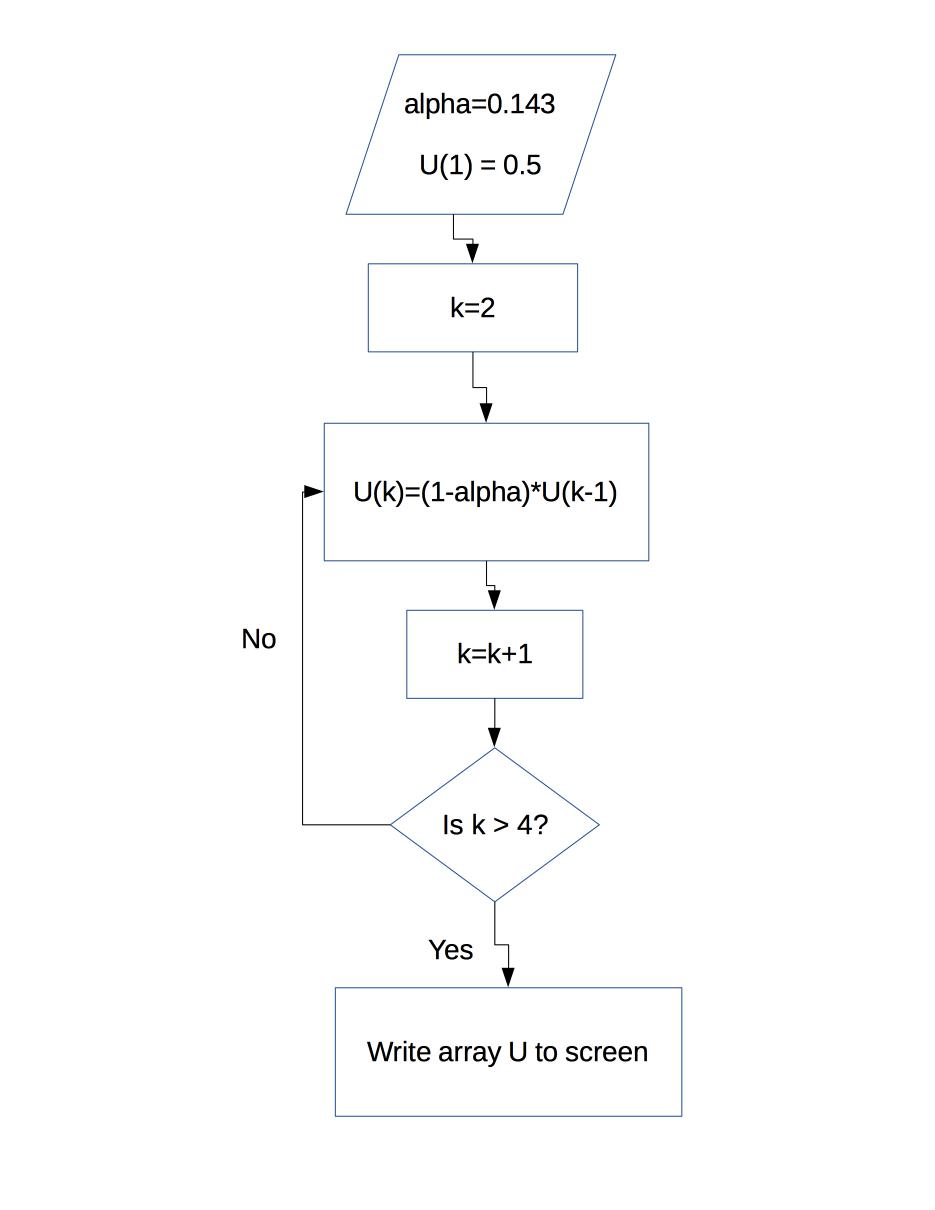

Loop Control Statements in MatlabĪ control statement is a combination of conditions that govern the body of the loop to execute until the specified condition becomes False. This allows the programmer to accomplish more complex conditional programming than simple numeric or Boolean tests.įor example, a program to show all prime numbers between 1 and 100 would be as follows. That is, the condition in the outer loop is checked first, and if True, the condition in the second nested loop is checked. The resulting loop has to satisfy two conditions. It could be using one for loop inside another for loop or one while loop inside another while loop creating compound statements. This means using one loop inside another loop. Hence the output shows only values of a from 10 to 19.
#For loop in matlab code
Since at a = 20 the condition is False, the code inside the loop is not executed. This is how the result is shown, different from the result of the for a loop. ‘a’ is then incremented by 1, and the loop reiterates as long as a < 20.

Here the initial value of ‘a’ is set before starting the loop, and the condition set in the loop is that ‘a’ should be less than 20. Notice how the structure changes using the while loop. The comparative value for the condition is defined before beginning the while loop, and the comparison condition is set in the while loop initialization.įor example, let us take the same condition as the first for loop example. The syntax for the while loop is as below.Ī condition is true when the result is not null and contains all nonzero elements (either logical or real numeric). The while loop will execute the statements repeatedly as long as the specified condition is true. The input valArray can be of any MATLAB data type, including a cell array, string, or struct. The loop executes for n times, and n is the number of columns of valArray, set by numel(valArray, 1, :). Generates a column vector index from successive columns of array valArray on each iteration. Increases index by the value step on each iteration, or decreases when the step is negative. Increases the index variable from the initial value to end value by 1, and repeats the execution of program statements until the index is greater than the end value. Values can be one of the following forms: 1.


 0 kommentar(er)
0 kommentar(er)
